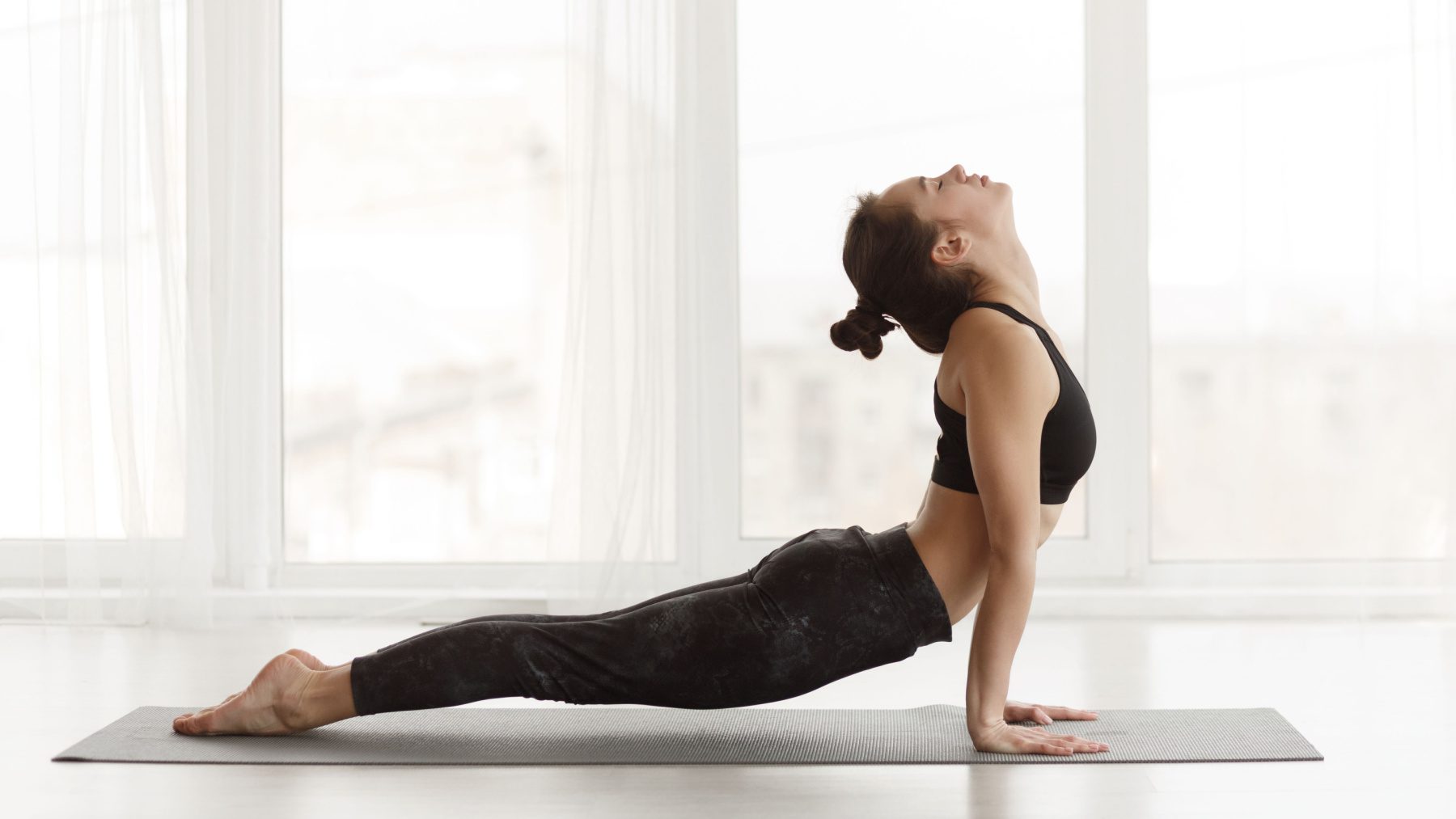Over the past few years, unprecedented times have seen a complete evolution of the fitness industry, and the ways we workout have shifted accordingly. We’ve seen a move towards virtual workouts, and away from traditional gym chain settings, as well as increased demand for personalised fitness regimes and an emphasis on mental health, as well as physical. 2022 saw the rise of wearable fitness tech, with Apple Watches and Fitbits becoming the most “fashionable” accessories of all, and a gradual (yet cautious) return to smaller gyms and boutique fitness studios. So what does the future of fitness hold? Here are the top 6 fitness trends for 2023 we’re expecting to emerge.

Table of Contents
1. Mindful movement.
While we’re still big on the physical benefits of fitness, we’re expecting to see even more emphasis placed on the mind-body connection and the emotional and mental benefits of exercise in 2023.
The pandemic saw many people turning to exercise as a stress or anxiety outlet, and this trend isn’t going away any time soon. While we learned about the benefits of movement for mental wellbeing, we’re now beginning to recognise the opportunity exercise offers to tune into our mind-body connection, and use mindfulness to level up our workouts.
Mindful movement involves tuning into your body and honouring its innate needs – for example, on mornings you wake up feeling energised, you might choose to smash out a sweaty HIIT session. And on mornings you feel more lethargic or tired, you might opt for a gentle walk or yoga flow to reconnect with your body and boost your energy levels.
It also promotes controlled breathing, aligning your breathwork with the movements you’re performing to foster mental focus and clarity during your workouts. This controlled practice has been shown to improve neuroplasticity, meaning your brain can develop new neural pathways, or strengthen existing ones, to allow you to better adapt and respond to any stressors – emotional or physical – that may arise in your day-to-day life.
Mindful movement sees exercise as more than a way to “burn off” food or sculpt your body to achieve a specific aesthetic. It views exercise as a way to move your body in ways that feel attuned to your mental and emotional state, and your body’s needs in the moment. It lets you connect with your body on an energetic level, and leave the busyness of your mind behind and simply focus on your body for a moment in time. It emphasises the freedom and liberation of movement, and we expect to see a huge growth in this space throughout 2023.

2. Hybrid Workout Routines.
Gone are the days of gym-only fitness routines, and instead we’re seeing the emergence of the hybrid workout routine. While gym attendance is higher than even pre-COVID levels, we’re seeing a diversification of fitness regimes, with many people preferring to switch things up and throw in some outdoor workouts, social sports, and incidental forms of exercise to break up their gym habits.
While outdoor exercise offers a great gym alternative for anyone with lingering hesitations about returning to the gym post-pandemic, the lockdowns offered a chance for people to discover the joy of outdoor movement, and a new appreciation for nature and the many physical and mental benefits it offers. With improved mood, cognitive function, creativity and productivity and reduced stress being just some of the advantages to outdoor workouts amid nature, it’s a trend we expect to see continue to increase during 2023.

3. VR and Metaverse workouts.
While fitness tech isn’t exactly new on the scene, it continues to evolve in unpredictable and unprecedented ways. Word on the street is that we can expect to see a rise in virtual reality, augmented reality and “Metaverse” style workouts in 2023.
What does that mean exactly? Good question… We predict the gamification of fitness will grow rapidly, with Strava kudos being just a taste of the competitive, connected nature workouts will offer moving forward. Plus, we’re also facing the integration of music and playlists with programming, so you can sprint in sync to your favourite JB tracks. In essence, fitness is becoming more than a workout. It’s becoming an all-encompassing entertainment experience, one you can share with others or participate in from afar, thanks to virtual reality and continuously evolving tech. Keep an eye on this space!

4. Workout “snacks”.
Now we’re more or less “back to normal”, and many of us have returned to the office at least part-time, we’re as time-poor and overly-committed as ever. Life has become busy and chaotic once more, and many people find themselves without the time to squeeze in their workouts – especially during the working week.
This is where workout “snacks” comes in. Recent research revealed that it’s not the intensity or duration of exercise which improves our health, but rather the reduction in sedentary time and behaviour which makes all the difference. This means, no matter how short and sharp your bursts of movement may be, as long as you’re doing them consistently and getting up and about to break up your day sitting at your desk as often as possible, you’ll experience health benefits.
So instead of looking for a solid 45-60 minutes to set aside for a workout, prepare to integrate workout “snacks” into your daily routine. Whether you challenge yourself to complete 100 squats each day, and break this up into 10 squats whenever you have a quick minute to spare, or you prefer to smash out a 4-minute high-intensity Tabata block between meetings at work, breaking up your workouts into small, manageable chunks could well be the way of the future. This way, you don’t need to dedicate a solid block of time to exercise, you require less motivation, and you’re still benefiting from spending less time sedentary, and getting your heart rate up in bite-sized “snacks” throughout the day. Win-win!
And with this shift, expect to see the focus move away from hitting 10K steps on the daily, towards spending less time sitting still. Inactivity is set to replace exercise as a key health metric, which means movement of any form – even while sitting in your desk chair – will be a prominent measure of health in 2023.

5. Low-Impact Exercise.
As we continue moving towards a focus on holistic health, low-impact exercise is set to take centre stage. We’re becoming more aware of the fact that exercise doesn’t always have to leave you sweaty, exhausted and spent. Instead, it can improve your energy levels and act as a stress relief, while simultaneously supporting strength, flexibility and mobility – especially when low-impact workouts are your preferred form of movement.
Renowned for their ability to benefit these key pillars of physical wellbeing, while reducing your risk of injury and being gentle on the joints, low-impact workouts are emerging as a key component in functional fitness routines. Instead of working to improve foundational lifts like deadlifts and chest press, low-impact workouts tend to focus on everyday movement patterns, to help you strengthen, lengthen and tone important muscles that facilitate regular movements and mobility.
In short, they’re a less physically demanding and exhausting way of achieving health and fitness benefits to support your day-to-day activities. Low-intensity movement includes walking, yoga, Pilates, swimming and barre, though the options are extensive. We’ve already seen a surge in the popularity of these types of workouts, and we expect this to increase exponentially in 2023 as people look to strengthen and tone their muscles, without straining or injuring their body or joints in the process.

6. Wellness > Weight Loss.
As we mentioned, with the focus on holistic health, we’re broadening our definition of “health and wellness” beyond simply aesthetic or physique-based goals, to include other more important metrics of health. With this movement, we’re predicting an emphasis on the benefits of exercise beyond weight-loss and body sculpting.
For example, research has found that gentle yoga can support immune system health, while active recovery such as foam rolling and stretching can improve mobility and general movement patterns.
With this shift towards holistic wellness, we expect to see more workout regimes tailored around longevity and sustainability, incorporating a more diverse range of movement styles (including the low-intensity workouts we discussed!). This allows you to craft a routine you can keep up over the long-term, reaping consistent benefits in terms of your overall health and wellbeing. This focus on sustainability will overtake the short-term 8-week challenge style workout routines we’ve seen in the past, which push strict nutrition and fitness regulations on people in a one-size-fits-all approach to achieve a specific aesthetic in the immediate future – one which is often unsustainable and requires significant deprivation to achieve.
Instead, we expect to see exercise move from being a way to shape or control body size, or from a means to earn or burn off your food, towards something which leaves you feeling energised, empowered and connected to your body. The emphasis will continue to move towards movement for physical and mental wellbeing, rather than a physique-based goal.
In line with this evolution, we predict a renewed focus on a holistic approach to health and fitness, including prioritising a good night’s sleep, a balanced and nourishing diet, rest and recovery and implementing mindfulness practises into your wellbeing routine.
There you have it, 6 trends we expect to take over the future of fitness in 2023. With a shift towards holistic wellbeing and more variety and personalisation than ever before being incorporated into our workout routines, your fitness regime for 2023 can really look however you want it to – but take this opportunity to embrace the chance to prioritise the mind-body connection, embrace intuitive and varied movement styles, and place an emphasis on the health benefits of exercise beyond aesthetic goals.

